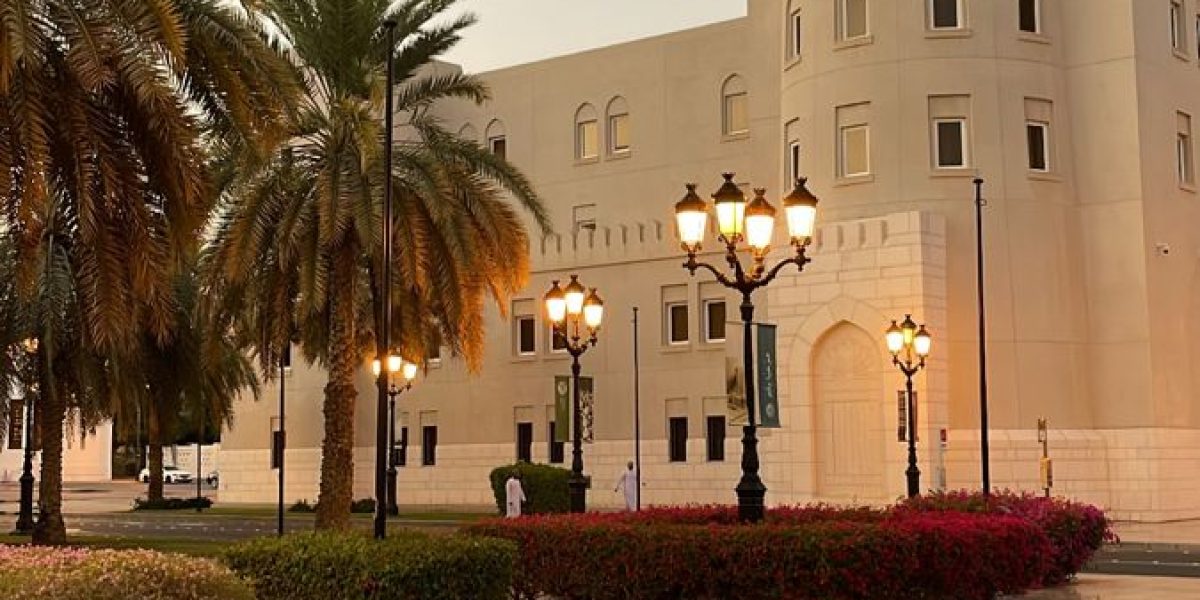The Middle East offers an alluring blend of ancient history, diverse landscapes, and vibrant culture—making it one of the most fascinating travel destinations in the world. Whether you’re drawn to the scent of spices in traditional souks, the silence of golden deserts, or the architecture that bridges centuries of civilization, this region has something to offer every traveler. As tourism grows, so does accessibility, but planning your journey starts with the basics: understanding visa procedures, local customs, and where to go once you arrive.
If you’re beginning your adventure in the Gulf, Oman is a destination that can’t be overlooked. A peaceful, picturesque country with a rich cultural tapestry, it continues to welcome travelers from across the globe. While entry requirements vary by nationality, it’s important for visitors—especially from countries like Egypt and Pakistan—to get a clear understanding of their specific travel documents. For instance, oman tourist visa requirements for egyptian citizens are different from those for Western travelers, and knowing the details in advance can prevent unexpected delays.
Understanding Travel Requirements: Don’t Skip the Paperwork
One of the most important—and often overlooked—aspects of planning a trip is sorting out the correct visa. Each Middle Eastern country has its own visa policy, and while the Gulf Cooperation Council (GCC) region has streamlined many of its processes, it’s still essential to research the latest requirements. Depending on your nationality, purpose of visit, and intended length of stay, you may need to apply for an eVisa, visa-on-arrival, or a pre-arranged visa.
For those planning to visit Oman, travelers from Pakistan must be aware of the oman tourist visa for pakistani guidelines, which are tailored specifically for them. The application process is generally online, but you’ll need to have your documents in order—such as passport copies, photos, and confirmed travel plans. Staying informed about eligibility and processing time will help you avoid last-minute stress and allow you to focus more on the journey itself.
Cultural Etiquette: Respect Is the Real Travel Currency
Visiting the Middle East isn’t just about ticking off landmarks—it’s about connecting with a way of life that balances deep-rooted traditions with modern innovation. Whether you’re in Muscat, Amman, or Doha, understanding cultural norms can enrich your experience. For example, dressing modestly in public spaces, especially in religious sites, is a sign of respect. Always ask for permission before taking photos of locals, and be mindful of Islamic practices such as prayer times and fasting during Ramadan.
Oman, in particular, is known for its warm hospitality. Don’t be surprised if locals strike up a conversation or invite you for traditional coffee and dates. Embrace these moments—they’re often the most memorable. And when in doubt, a polite smile and a willingness to listen will take you a long way.
Top Places to Explore in the Middle East
Once your documents are in place—including checking details like the oman tourist visa for pakistani travelers—it’s time to shift your focus to the exciting part: where to actually go. The Middle East is a region rich in contrasts, offering a captivating mix of deep history, breathtaking nature, and modern cultural energy. Whether you’re after ancient ruins, bustling markets, or quiet desert landscapes, there’s no shortage of unforgettable places to explore.
1. Muscat, Oman
With its whitewashed buildings, stunning coastline, and impressive mosques, Muscat is a peaceful entry point into the Middle East. Visit the Sultan Qaboos Grand Mosque, wander the Muttrah Souk, or take a boat tour around the capital’s rocky shoreline.
2. Petra, Jordan
This ancient city carved into rose-colored cliffs is one of the New Seven Wonders of the World. Petra is an archaeological marvel that leaves every visitor awestruck, especially when viewed by candlelight during nighttime tours.
3. Doha, Qatar
Doha has rapidly transformed into a cultural and commercial hub. Visit the Museum of Islamic Art, shop at Souq Waqif, and take a desert safari to experience the natural beauty of the surrounding dunes.
4. Jerash, Jordan
A less-traveled gem, Jerash is home to some of the best-preserved Roman ruins outside Italy. It’s an ideal destination for history buffs wanting to go beyond the usual tourist path.
5. Salalah, Oman
Known for its lush greenery during the Khareef monsoon season, Salalah is a surprising oasis in the Arabian Peninsula. Waterfalls, banana plantations, and cooler temperatures make it a refreshing escape.
Planning Tips: How to Make Your Journey Smooth
Here are some quick but essential tips to help make your Middle East journey enjoyable and stress-free:
- Stay updated on visa policies: Rules can change, especially during global events or political shifts.
- Check health and vaccination requirements: Some countries require proof of vaccinations like yellow fever or COVID-19.
- Respect religious and cultural events: Plan your travel around major holidays like Ramadan to understand local life better.
- Use local transport wisely: In many cities, taxis and ride-share apps are more convenient than renting a car.
- Get travel insurance: It’s a smart idea in case of emergencies or unexpected cancellations.
Food, Festivals, and Local Experiences
Middle Eastern cuisine is one of the region’s biggest attractions. From smoky kebabs to fresh tabbouleh and spiced rice dishes like kabsa, you’ll never run out of flavor-packed meals to try. Don’t miss out on street food experiences in cities like Cairo or Beirut, where vendors serve local favorites with passion and pride.
Participating in local festivals can also give you a deeper insight into the culture. Oman, for example, celebrates National Day with parades, fireworks, and traditional dance, while the Muscat Festival showcases the country’s arts, crafts, and music.
The Middle East Awaits
With a little preparation and an open mind, traveling to the Middle East in 2025 can be one of the most enriching experiences of your life. It’s a region where hospitality is heartfelt, the scenery is jaw-dropping, and every destination offers its own unique rhythm and story. From applying for the right visa to respecting cultural nuances and choosing your dream itinerary, the effort you put into planning will be well worth the memories you create.
As the world becomes more connected, opportunities to explore countries like Oman are opening up for more travelers than ever before. So, pack your curiosity, double-check your documents, and get ready to discover a region that continues to blend old-world charm with modern vision.











